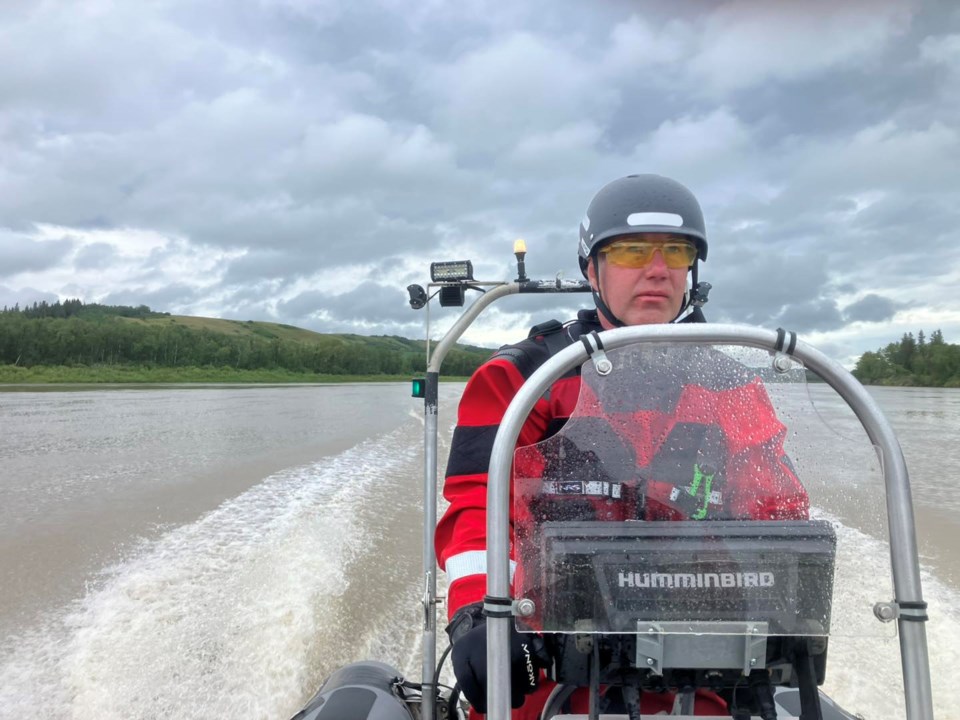ST. PAUL - St. Paul Search and Rescue “arguably has the most sophisticated drone search equipment and team in the province,” according to the group’s president Vern Slownowski.
He said the reason is because long-time SAR member Robert Tymofichuk was paying attention to drone technology from the beginning and saw its potential.
“Robert’s done lots to establish and have useable drone equipment here and he’s at the forefront of it,” said Slownowski.
Tymofichuk and other members of St. Paul SAR now give presentations to other teams around the province about using drones for search and rescue operations.
According to Tymofichuk, the drone is used for finding hot spots in wildfires, and very useful for search tactics because it provides a different perspective and has thermal capability.
“A lot of our drone flying is at night. It’s the most effective because when the sun goes down the surroundings cool down, and then if we’re after a person that’s alive, they’ll show up on the infrared at nighttime.”
A teacher at New Myrnam School by day, 57-year-old Tymofichuk first joined St. Paul Search and Rescue in 1996 with his wife Shelly.
“It’s a way of helping out,” said Tymofichuk, noting that when SAR is called out, often they’re looking for a person’s remains in order to provide closure for the family. Sometimes though, a live person is returned back to their family, and even if that only happens a couple of times within a 30-year career, it is "well worth it."
Search and Rescue holds their meetings on the first Wednesday of the month and trains together on the third. Members also have the opportunity to do additional training courses throughout the year.
“And then there's the call outs . . . You do what you can. And you know there's some members that maybe can't commit that much time. Between teaching and Search and Rescue, that kind of makes my world go,” said Tymofichuk, who is also involved with the Lac Bellevue Ag Society and the cemetery and has built two hovercrafts from scratch.
Asked if there was anything he thought people should know, Tymofichuk said that while St. Paul Search and Rescue does have access to some provincial funding, the bulk of their funding comes from the community.
“Insurance is a big one for us. We’ve got a couple of tow vehicles, the drone insurance, insurance on the trailers, insurance on equipment, and it’s a sizeable amount just to exist,” said Tymofichuk.
Slownowski and Tymofichuk both expressed how grateful they are to the community for the financial support received over the years.
“We're certainly not trying to brag or anything, and we’re all very humble, but I thought . . . it would be OK if the community had a little bit of a window into seeing exactly the calibre of people that are a part of the Search and Rescue group. Because they're certainly one of a kind. They're dedicated, they're extremely talented, and they have a very difficult job in search and rescue when the call out comes,” said Slownowski.
Other members of the St. Paul group, for example, have also recently received service awards, including Peter Bednarchuk and Duane Flemming, who received awards for their 22 plus years of service with the organization.



